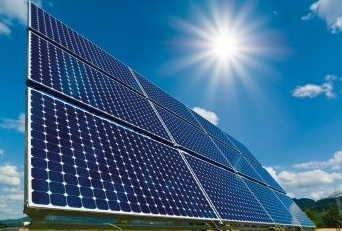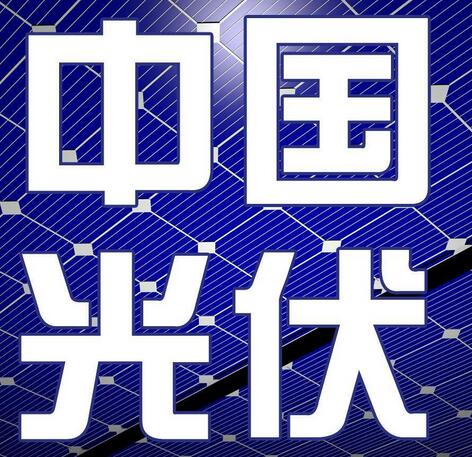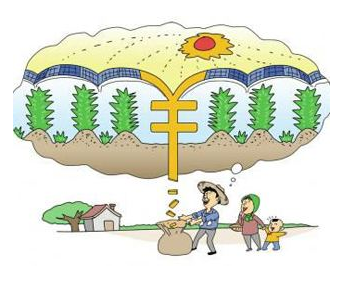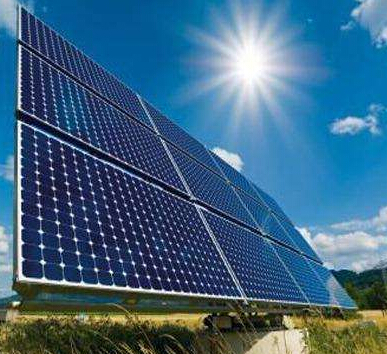Affordable Internet access is the trend of the development of the photovoltaic industry, and unsubsidized projects have begun to land. How can unsubsidized projects show up in the future when the policy is uncertain?
It has been nearly four months since the PV 531 New Deal. During this period, PV seems to be silent and seems to be moving frequently. The whole industry is exploring the next step in a low-pressure atmosphere.
The subsidy support has brought great prosperity to the photovoltaic industry in the past, and now the accelerated subsidy of subsidies will inevitably bring a big impact to the industry. Photovoltaic has stood at the crossroads of subsidy, is it a disappointment, or is it a new life? How to overcome this embarrassing transition period?
In the "Notice on Matters Related to Photovoltaic Power Generation in 2018" jointly issued by the three ministries and commissions on May 31, it was clearly stated:
“Encourage all localities to support the development of the photovoltaic industry according to their actual policies, and arrange various types of photovoltaic power generation projects that do not require state subsidies according to the conditions for network access and related requirements.”
On August 30, the General Affairs Department of the National Energy Administration issued the “Circular on Matters Concerning the Construction of Photovoltaic Power Generation Projects without State Subsidy”, and approved the market-based transaction work for the photovoltaic power generation project without state subsidies in Hekou District, Dongying City, Shandong Province. A strong shot was given to the photovoltaic industry.
In the reply of the National Energy Administration, it was clearly stated that for such projects that do not require state subsidies, all localities can follow the national renewable energy policy, combined with the reform of power market, and implement the land and power grid acceptance conditions. Organization and implementation
Affordable Internet access is a major trend in the development of the photovoltaic industry, and unsubsidized projects are a must in this process. This is a consensus within the industry. The special observer of the China Photovoltaic Special Committee, Hung Hom, told the Energy reporter:

Parity demand
In August, the impact of the 531 PV policy has been fully revealed. The price of PV supply chain has gradually stabilized after experiencing a significant decline in the initial stage of the policy, but it still belongs to the state of continued decline. The pace of industrial integration is accelerating. For PV companies, the current process of large enterprises striving to survive and the unsustainable small enterprises are being phased out.
Hung Hom said:
"The current photovoltaic industry is in a structural overcapacity, which leads to industrial integration. I don’t know when it will be completed. The parity of the Internet is like a subsidy for power generation, but it has accelerated the decline. Photovoltaic power generation is approaching the market price but the electricity market has not formed. Intersection period.
"How to get rid of the dependence on subsidies as soon as possible is the most important problem facing the entire PV industry. And the enterprise wants to survive the flood of subsidies to accelerate the decline, the answer naturally points to the unsubsidized project. The two issued under the New Deal A few months later, it was reported that the National Energy Administration is planning to organize a batch of unsubsidized photovoltaic demonstration projects, and set aside a lot of hesitant companies.
According to the content of the news, the subsidy project will start to be declared around October 2018, start around March 2019, and be connected to the grid before September 30, 2019 or before December 30. The local development and reform commission coordinated to reduce related non-technical costs and promised to ensure the problem of energy consumption. The project size of each declared province is about 300-500MW.
However, the construction of unsubsidized demonstration projects requires coordination of land, electricity prices, consumption and other conditions. Even if the National Energy Administration indicates that the scale of the application can reach 500MW, due to the uneven development conditions in various places, the promotion of some places will not be too optimism.
Unsubsidized project
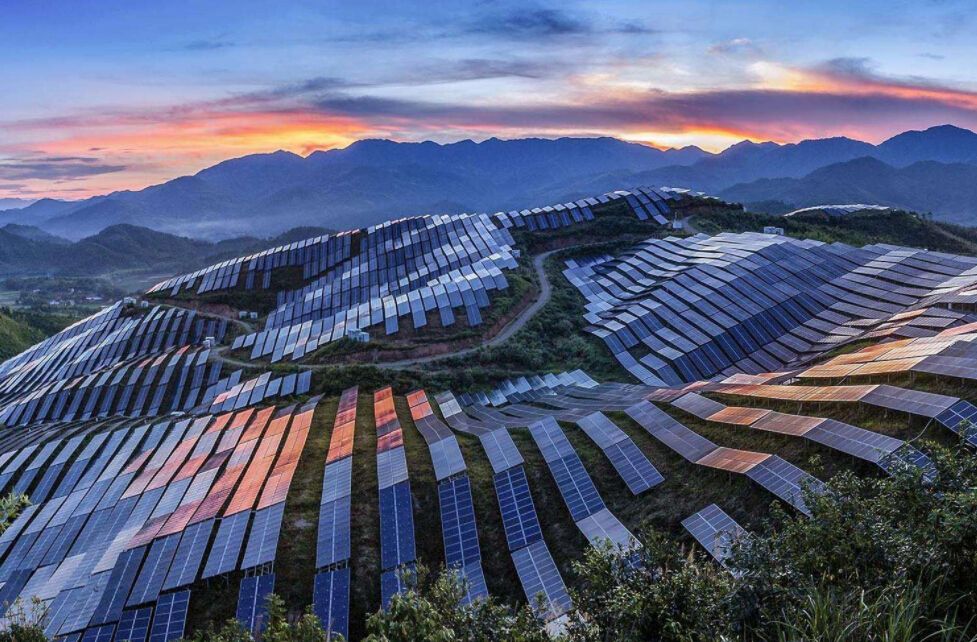
Non-subsidized projects are divided into two categories, one is the electricity side of the parity, free to sell electricity; a power generation side of the parity, is still sold to the grid.
The parity online project is that the power generation is directly sold to the grid at the desulfurized coal price, while the price of the freely sold portion of the electricity side in the unsubsidized project can be different from (or high or low) the desulfurized coal price.
The Dongying Estuary Project approved by the Energy Bureau is a ground photovoltaic power station constructed using the saline-alkali land in the Dongying Hekou District. The project scale is about 300MW. The power generated by it is not sold to the grid company at the price of desulfurized coal, but is directly supplied to the chemical enterprises in the nearby industrial parks, and is handed over to the grid companies for network fees.
This is a non-subsidized market-oriented trading project on the user side. It belongs to the sale of electricity in the partition wall. It is not the same category as the previous discussion on the low-cost Internet demonstration project. The Dongying project can be approved by the Energy Bureau. The relevant aspects of the project construction are due to the selection of the heterogeneous technology route, and it is hoped that the cost reduction will be realized with the high-tech landing.
One problem that needs to be considered in the long-term development of the photovoltaic industry is that photovoltaics do not have the conditions to directly enter the market without getting rid of policy guarantees. How can the renewable energy photovoltaic power generation side gain access to thermal power competition in the future.
Foreign experience has different mechanisms to promote renewable energy priority online, such as the fixed electricity price in Europe and the US PV investment tax credit. At present, the domestic market is still "seeing money", and the income-oriented, PV competitiveness is mainly reflected in the falling prices.
Senior PV industry researcher Wang Shujuan found that the EPC winning bid price of a large number of large-scale photovoltaic projects after 531 found that the average price dropped by 1.1 yuan / W, the average price of 4.1 yuan / W, a drop of 20%. At the same time, after 531, the average price of various types of PV modules also dropped by 0.5~0.6 yuan/W, with an average drop of about 20%.
Undoubtedly, the development of unsubsidized projects will further accelerate the arrival of affordable Internet access. In fact, no matter whether there is any further clarification of the documents, the non-subsidized projects are the steps that will surely embark on the road to photovoltaics.
On September 13, the National Energy Administration issued the "Notice on Accelerating the Work on Speeding up the Wind Power and Photovoltaic Levels". Although it is a draft for comments, it has already made clear the development route of the overall PV unsubsidized project.
















 RCCN WeChat QrCode
RCCN WeChat QrCode Mobile WebSite
Mobile WebSite


